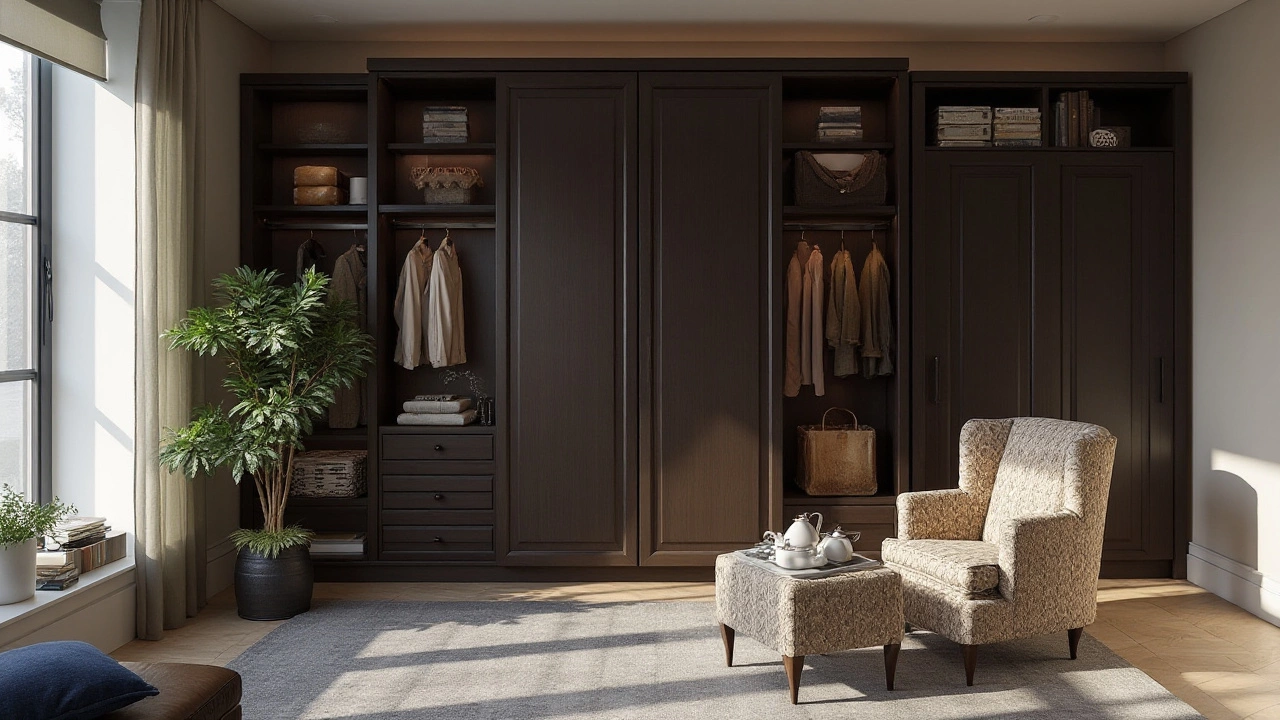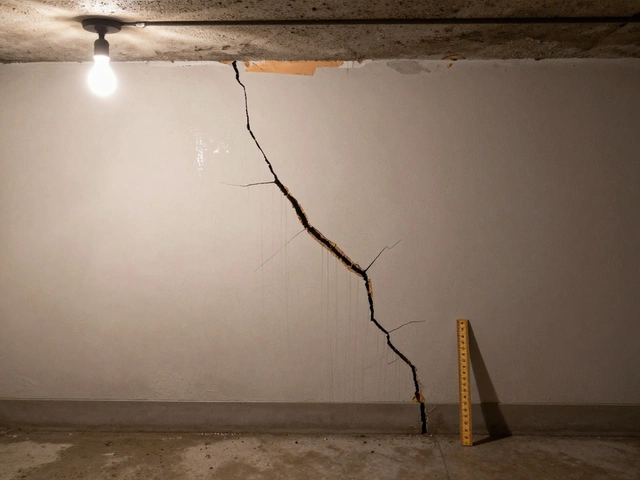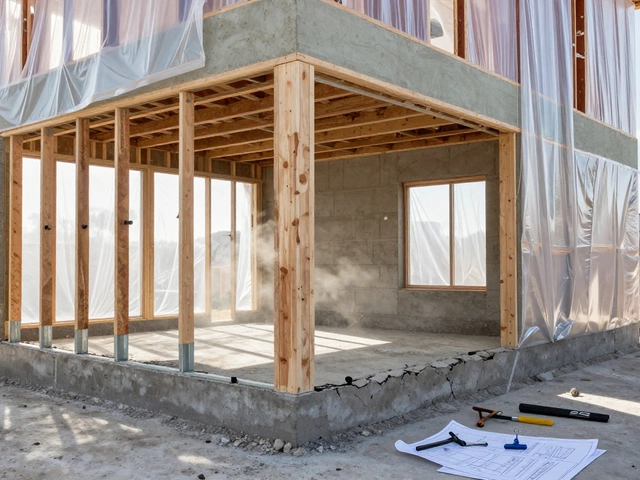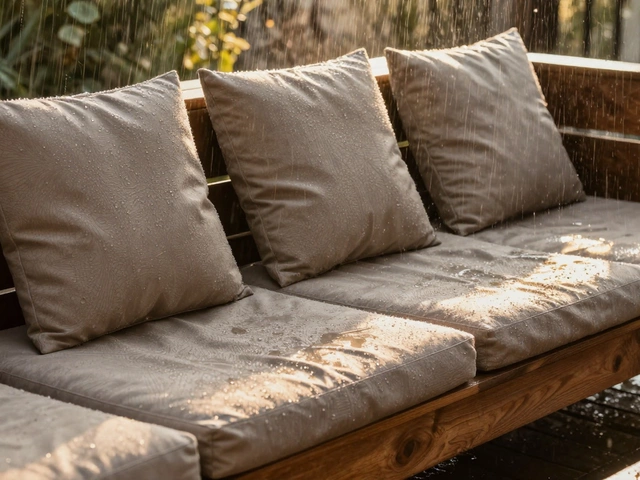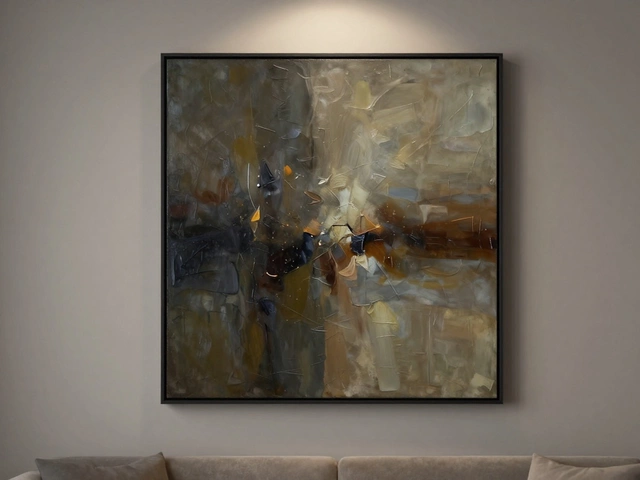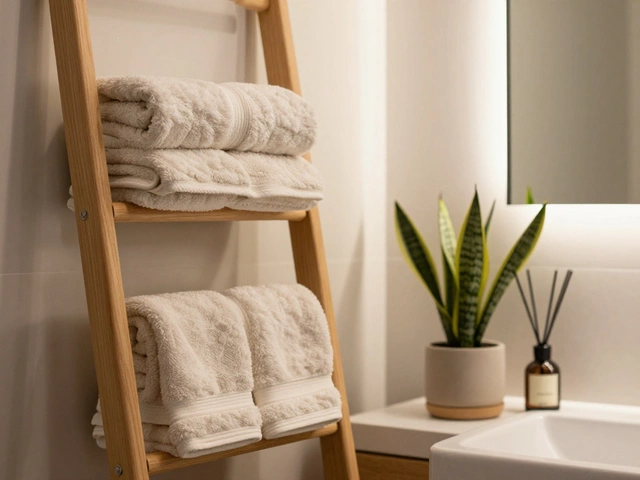Fitted Wardrobes – Tailored Storage for Every Home
When planning fitted wardrobes, built‑in storage units crafted to match the exact dimensions of a room. Also known as custom closets, they blend function with style. Home storage management the process of organising belongings to maximise usable space often begins with custom cabinetry bespoke woodwork tailored to specific measurements and needs, which directly feeds into the design of fitted wardrobes. Pairing these with space‑saving solutions methods like sliding doors, modular shelving and pull‑out accessories creates a streamlined look that can handle everything from everyday clothes to seasonal items. In short, fitted wardrobes encompass custom cabinetry and rely on clever space‑saving solutions to deliver efficient home storage.
If you want to boost your home's organization, fitted wardrobes are the go‑to solution. They let you turn awkward corners, under‑stair spaces and even narrow hallways into functional closets without sacrificing floor area. Because they are built on site, you can choose finishes that echo your existing interior design—whether that’s sleek lacquer, warm oak or matte black. A key benefit is that they eliminate the need for freestanding wardrobes, which often block pathways and create visual clutter. The design process usually starts with a quick inventory of your clothing and accessories; this ties directly into home storage management principles, helping you decide on hanging rods, pull‑out drawers or shoe racks. Materials matter too: solid wood offers durability and a timeless look, while MDF with a high‑gloss veneer can keep costs low and still look premium. Lighting integration, such as LED strips under shelves, is another trend that turns a simple wardrobe into a showcase for your outfits.
Practical Tips Before You Install
Before you commit, think about the long‑term flexibility of your fitted wardrobe. Choose modular components that can be reconfigured when your wardrobe needs change—this is a core idea of space‑saving solutions. Ask your carpenter about soft‑close hinges and full‑extension slides; they reduce wear and make daily use smoother. If you’re on a budget, consider a mix of custom cabinetry for high‑use zones and ready‑made inserts for less critical areas. Keep moisture in mind: bathrooms or laundry rooms need moisture‑resistant finishes to avoid warping. Finally, plan the layout with your interior design in mind; a wardrobe that matches the room’s colour palette and hardware style will feel like an organic part of the space rather than an afterthought. The articles below dive deeper into home storage management, DIY upgrades, and the latest interior trends, giving you a full toolbox to turn any room into a well‑organized haven.
Uncovering the Drawbacks of Fitted Wardrobes: A Comprehensive Guide
Fitted wardrobes are often seen as a space-saving solution for modern homes, but they come with their own set of challenges. These include limited flexibility, higher costs, and potential issues with home resale value. The article explores these disadvantages, offering insights and tips to consider before opting for built-in storage solutions. From installation complexities to fashion trends, we shine a light on when fitted wardrobes might not be the best choice.
full article